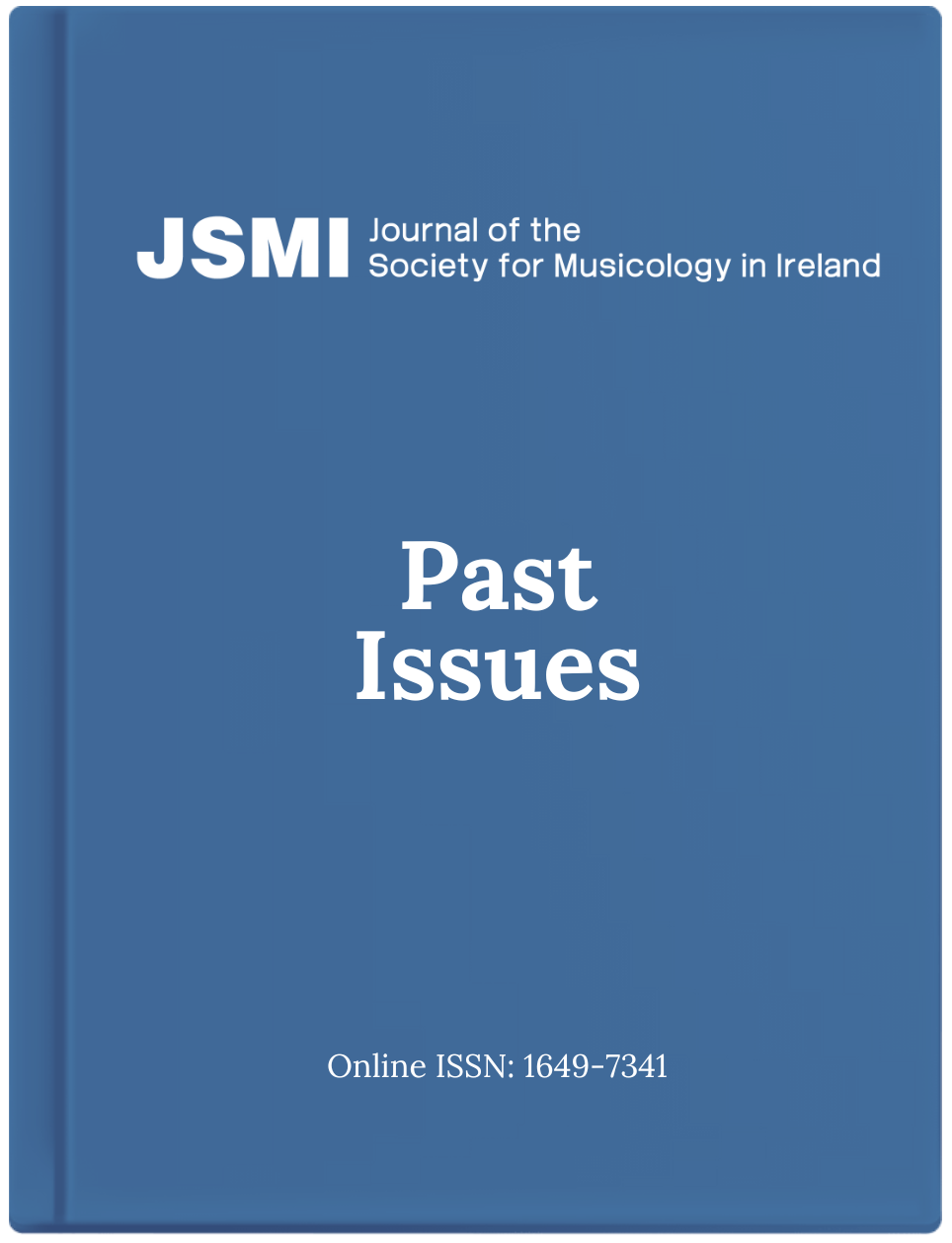Bax and the ‘Celtic North’
DOI:
https://doi.org/10.35561/JSMI08124Keywords:
Bax, Celtic, pastorialism, Yeats,Abstract
Scholars of Arnold Bax have long acknowledged the influence of the Irish Literary Revival on the composer’s compositional output up to about 1920, of Sibelius from the late 1920s onwards, and of the continuity of styles between these two periods. In this article I argue that this continuity relies on what Bax draws from early Yeats, which is less Celtic mythology or folklore than a particular way of imagining nature; that Bax’s use as a compositional stimulus of what he called the ‘Celtic North’ (essentially the landscapes of western Ireland and north-western Scotland) had parallels in the literature and art of 1920s Ireland; and that the ‘Celtic North’ offers a means of critiquing inter-war English pastoralism, which has traditionally been associated with what Alun Howkins, after Hilaire Belloc, has called the ‘South Country’. Bax thus offers a musical engagement with nature that is essentially dystopian, sublime and (within the discourse of British pastoralism) non-Anglo Saxon.Downloads
Published
Issue
Section
License
Copyright for articles and reviews published in this journal is retained by the authors, with first publication rights granted to the journal. By virtue of their appearance in this open access journal, articles are free to be used, with proper attribution, in educational and other non-commercial settings.
It is the responsibility of the author to secure (and, if necessary, pay for) written copyright permissions for the reproduction, in this online journal, of any illustrations, images, music notation, audio and video files, or any other copyright materials, that are included in the author's article.



